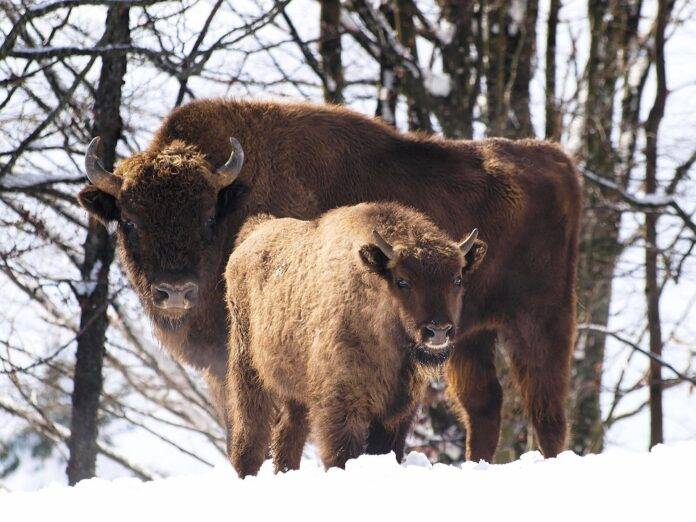Introduction
The bison meat industry has seen significant growth in recent years as consumers increasingly seek healthier and more sustainable food options. From farm to gourmet cuts, the business of processed bison meat products offers a lucrative opportunity for entrepreneurs looking to enter the market. In this report, we will explore the key factors involved in producing and selling processed bison meat products, with a focus on cost efficiency and financial specifics.
Market Overview
The demand for bison meat has been steadily increasing due to its lean protein content and environmentally friendly production methods. According to a report by Grand View Research, the global bison meat market size was valued at $283.3 million in 2020 and is expected to reach $349.7 million by 2028, with a CAGR of 2.7% from 2021 to 2028.
Key Drivers
Several factors are driving the growth of the bison meat market, including the rising consumer preference for natural and organic products, the increasing awareness of the health benefits of bison meat, and the sustainable farming practices used in bison production.
Market Segmentation
The bison meat market can be segmented into fresh cuts, processed products, and gourmet cuts. Processed bison meat products, such as sausages, jerky, and burgers, offer a convenient and tasty option for consumers looking to incorporate bison meat into their diets.
Production Process
The production of processed bison meat products begins on the farm, where bison are raised in a natural and sustainable environment. Once the bison are ready for processing, they are sent to a USDA-approved facility where they are slaughtered and butchered. The meat is then processed into various products, such as sausages, jerky, and burgers, before being packaged and distributed to retailers or directly to consumers.
Cost Analysis
Maintaining cost efficiency is crucial for businesses producing processed bison meat products. The cost of production includes expenses such as feed, labor, processing, packaging, and distribution. By optimizing production processes and sourcing ingredients in bulk, businesses can reduce costs and increase profit margins.
Financial Specifics
The financial specifics of producing processed bison meat products can vary depending on factors such as the scale of production, the quality of ingredients used, and the distribution channels utilized. On average, the cost of producing one pound of processed bison meat products ranges from $8 to $12, with profit margins typically between 20% to 30%.
Distribution and Marketing
To reach consumers, businesses producing processed bison meat products must establish effective distribution channels and marketing strategies. Retail partnerships, online sales platforms, and direct-to-consumer sales are common distribution channels used in the bison meat industry. Marketing tactics such as social media advertising, influencer partnerships, and participation in food festivals can help raise awareness and drive sales.
Volume and Sales Projections
The volume of processed bison meat products sold annually can vary depending on market demand and production capacity. In the United States, the sales volume of bison meat products reached 59.1 million pounds in 2020, with projections to increase to 66.5 million pounds by 2025. By targeting niche markets and expanding distribution channels, businesses can increase sales volume and revenue.
Conclusion
The business of processed bison meat products offers a promising opportunity for entrepreneurs looking to enter the growing bison meat market. By maintaining cost efficiency, utilizing effective distribution and marketing strategies, and staying informed on industry trends, businesses can successfully produce and sell high-quality processed bison meat products. As consumer demand for healthier and sustainable food options continues to rise, the processed bison meat industry is poised for continued growth and success.


